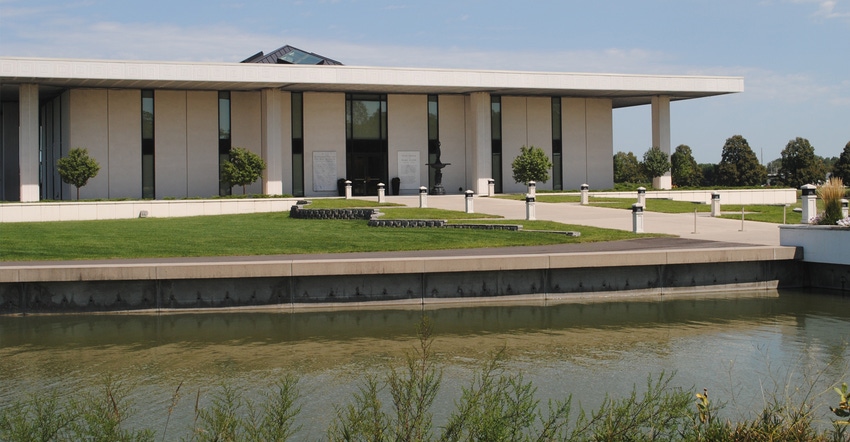4 facts to know about Grand Island
The city has been host to Husker Harvest Days for 45 years.

Since the first soil was turned in 1977 to prepare the show site for what would become Husker Harvest Days, Grand Island and Hall County has been a perfect host these past 45 years.
Here’s four facts about Grand Island:
1. Third-largest city in state. With a population of just over 52,000, Grand Island is the third-largest city in Nebraska, behind Omaha and Lincoln. It has 19 public and seven private schools; post-secondary institutions, including Central Community College and Bellevue adult education facility; and the Nebraska Law Enforcement Training Center.
2. Big events. Grand Island is a hub for ag activity. Since 2010, the Nebraska State Fair has been at Fonner Park, along with numerous regional and national livestock events and shows that take advantage of the park’s world-class state fair facilities. The spring migration of more than 1 million Sandhill cranes along the Platte River draws thousands of wildlife enthusiasts.
3. Cool name. A quarter of a million emigrants streamed through the valley along the Great Platte River Road between 1840 and 1870, making the difficult overland trip to California, Oregon and Utah. In the early exploration days, French traders named a large island in the Platte River, La Grande Isle. In 1857, 35 German settlers established a community near the east end of that island. That original community fell on hardships, but the city that would become Grand Island was platted by Union Pacific Railroad in 1866. Although the Platte River has changed and the island no longer exists, the name stuck.
4. Stuhr Museum. Founded in 1967, the 208-acre living history museum has 108 buildings, including the historic Railroad Town, and houses more than 140,000 historic artifacts. The research museum at Stuhr is home to the collection of bound volumes of Nebraska Farmer, dating back to 1859.
About the Author(s)
You May Also Like





